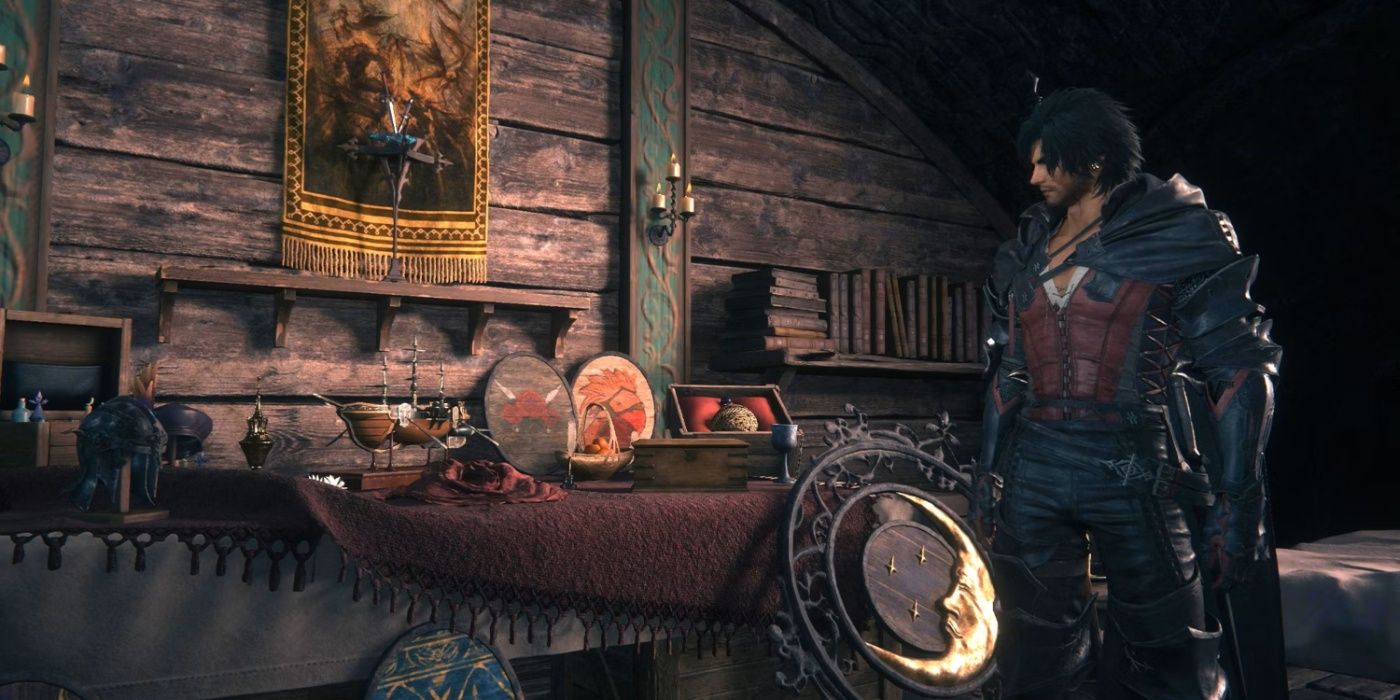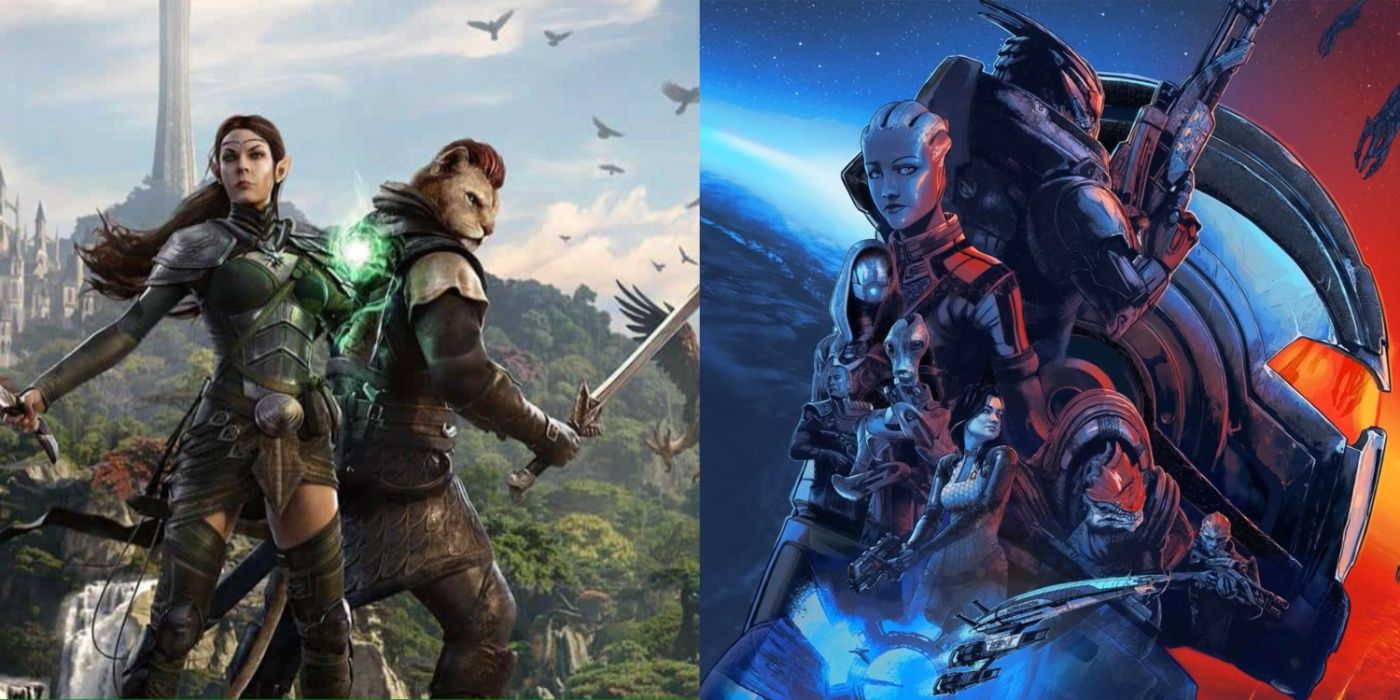“)),[e.width,e.height]=g[o.size_id].split(“x”).map((e=>Number(e)))),e.rubiconTargeting=(Array.isArray(o.targeting)?o.targeting:[]).reduce(((e,t)=>(e[t.key]=t.values[0],e)),{rpfl_elemid:s.adUnitCode}),t.push(e)}else(0,r.logError)(“Rubicon: bidRequest undefined at index position:”.concat(n),i,e);var p,u;return t}),[]).sort(((e,t)=>(t.cpm||0)-(e.cpm||0)))},getUserSyncs:function(e,t,i,o){if(!C&&e.iframeEnabled){let e={};return i&&(“boolean”==typeof i.gdprApplies&&(e.gdpr=Number(i.gdprApplies)),”string”==typeof i.consentString&&(e.gdpr_consent=i.consentString)),o&&(e.us_privacy=encodeURIComponent(o)),e=Object.keys(e).length?”?”.concat((0,r.formatQS)(e)):””,C=!0,{type:”iframe”,url:”https://”.concat(m.syncHost||”eus”,”.rubiconproject.com/usync.html”)+e}}},transformBidParams:function(e,t){return(0,r.convertTypes)({accountId:”number”,siteId:”number”,zoneId:”number”},e)}};function x(e,t){let i;return i=e.params.referrer?e.params.referrer:t.refererInfo.page,e.params.secure?i.replace(/^http:/i,”https:”):i}function b(e){const t=document.getElementById(e.adUnitCode);!function(e){const t=e.querySelector(“div[id^=’google_ads’]”);t&&t.style.setProperty(“display”,”none”)}(t),function(e){const t=e.querySelector(“script[id^=’sas_script’]”),i=t&&t.nextSibling;i&&”iframe”===i.localName&&i.style.setProperty(“display”,”none”)}(t);const i=e.renderer.getConfig();e.renderer.push((()=>{window.MagniteApex.renderAd({width:e.width,height:e.height,vastUrl:e.vastUrl,placement:{attachTo:t,align:i.align||”center”,position:i.position||”append”},closeButton:i.closeButton||!1,label:i.label||void 0,collapse:i.collapse||!0})}))}function y(e,t){let i=e.params;if(“video”===t){let t=[];return i.video&&i.video.playerWidth&&i.video.playerHeight?t=[i.video.playerWidth,i.video.playerHeight]:Array.isArray((0,o.Z)(e,”mediaTypes.video.playerSize”))&&1===e.mediaTypes.video.playerSize.length?t=e.mediaTypes.video.playerSize[0]:Array.isArray(e.sizes)&&e.sizes.length>0&&Array.isArray(e.sizes[0])&&e.sizes[0].length>1&&(t=e.sizes[0]),t}let n=[];return Array.isArray(i.sizes)?n=i.sizes:void 0!==(0,o.Z)(e,”mediaTypes.banner.sizes”)?n=h(e.mediaTypes.banner.sizes):Array.isArray(e.sizes)&&e.sizes.length>0?n=h(e.sizes):(0,r.logWarn)(“Rubicon: no sizes are setup or found”),function(e){const t=[15,2,9];return e.sort(((e,i)=>{const r=t.indexOf(e),o=t.indexOf(i);return r>-1||o>-1?-1===r?1:-1===o?-1:r-o:e-i}))}(n)}function v(e,t,i){const n={user:{ext:{data:{…e.params.visitor}}},site:{ext:{data:{…e.params.inventory}}}};e.params.keywords&&(n.site.keywords=(0,r.isArray)(e.params.keywords)?e.params.keywords.join(“,”):e.params.keywords);let a=(0,r.mergeDeep)({},e.ortb2||{},n),s=(0,o.Z)(e.ortb2Imp,”ext”)||{},c=(0,o.Z)(e.ortb2Imp,”ext.data”)||{};const p=(0,o.Z)(e,”ortb2Imp.ext.gpid”),u={user:[4],site:[1,2,5,6]},l={user:”tg_v.”,site:”tg_i.”,adserver:”tg_i.dfp_ad_unit_code”,pbadslot:”tg_i.pbadslot”,keywords:”kw”},m=function(e,t,n){let a=!(arguments.length>3&&void 0!==arguments[3])||arguments[3],s=function(e,t,i){return”data”===t&&Array.isArray(e)?e.filter((e=>e.segment&&(0,o.Z)(e,”ext.segtax”)&&u[i]&&-1!==u[i].indexOf((0,o.Z)(e,”ext.segtax”)))).map((e=>{let t=e.segment.filter((e=>e.id)).reduce(((e,t)=>(e.push(t.id),e)),[]);if(t.length>0)return t.toString()})).toString():”object”==typeof e&&!Array.isArray(e)||void 0===e?void 0:Array.isArray(e)?e.filter((e=>{if(“object”!=typeof e&&void 0!==e)return e.toString();(0,r.logWarn)(“Rubicon: Filtered value: “,e,”for key”,t,”: Expected value to be string, integer, or an array of strings/ints”)})).toString():e.toString()}(e,n,t),d=l[n]&&a?””.concat(l[n]):”data”===n?””.concat(l[t],”iab”):””.concat(l[t]).concat(n);i[d]=i[d]?i[d].concat(“,”,s):s};t===d.Mk?([“site”,”user”].forEach((e=>{Object.keys(a[e]).forEach((t=>{“site”===e&&”content”===t&&a[e][t].data?m(a[e][t].data,e,”data”):”ext”!==t?m(a[e][t],e,t):a[e][t].data&&Object.keys(a[e].ext.data).forEach((t=>{m(a[e].ext.data[t],e,t,!1)}))}))})),Object.keys(c).forEach((e=>{“adserver”!==e?m(c[e],”site”,e):”gam”===c[e].name&&m(c[e].adslot,name,e)})),p&&(i.p_gpid=p),i[“tg_i.pbadslot”]&&delete i[“tg_i.dfp_ad_unit_code”]):(Object.keys(s).length&&(0,r.mergeDeep)(i.imp[0].ext,s),p&&(i.imp[0].ext.gpid=p),(0,r.mergeDeep)(i,a))}function h(e){return(0,r.parseSizesInput)(e).reduce(((e,t)=>{let i=parseInt(g[t],10);return i&&e.push(i),e}),[])}function _(e){let t=arguments.length>1&&void 0!==arguments[1]&&arguments[1];return function(e){let t=void 0!==(0,o.Z)(e,”mediaTypes.”.concat(d.pX)),i=void 0!==(0,o.Z)(e,”mediaTypes.”.concat(d.Mk)),r=”object”!=typeof(0,o.Z)(e,”params.video”);return i&&r&&(t=!1),t&&r&&(0,n.N)(e,”params.video”,{}),t}(e)?-1===[“outstream”,”instream”].indexOf((0,o.Z)(e,”mediaTypes.”.concat(d.pX,”.context”)))?void(t&&(0,r.logError)(“Rubicon: mediaTypes.video.context must be outstream or instream”)):y(e,”video”).length<2?void(t&&(0,r.logError)(“Rubicon: could not determine the playerSize of the video”)):(t&&(0,r.logMessage)(“Rubicon: making video request for adUnit”,e.adUnitCode),”video”):0===y(e,”banner”).length?void(t&&(0,r.logError)(“Rubicon: could not determine the sizes for banner request”)):(t&&(0,r.logMessage)(“Rubicon: making banner request for adUnit”,e.adUnitCode),”banner”)}function j(e){let t=!1;const i=[“asi”,”sid”,”hp”];return e.nodes?(t=e.nodes.reduce(((e,t)=>e?i.every((e=>t.hasOwnProperty(e))):e),!0),t||(0,r.logError)(“Rubicon: required schain params missing”),t):t}function k(e,t){return”rp_schain”===e?”rp_schain=”.concat(t):””.concat(e,”=”).concat(encodeURIComponent(t))}var C=!1;(0,a.dX)(f),window.pbjs.installedModules.push(“rubiconBidAdapter”)}},e=>{e.O(0,[6866],(()=>{return t=40060,e(e.s=t);var t}));e.O()}]); (self.pbjsChunk=self.pbjsChunk||[]).push([[2972],{54834:(o,e,t)=>{var n=t(64358),i=t(92797),r=t(51039),d=t(15164),a=t(34516);const u=(0,d.df)({moduleName:”pubCommonId”,gvlid:a.$P}),c=”cookie”,l=”html5″,s=”_pubcid_optout”,f=”PublisherCommonId”;function m(o,e){if(e===c)return u.getCookie(o);if(e===l&&u.hasLocalStorage()){const e=u.getDataFromLocalStorage(“”.concat(o,”_exp”));if(!e)return u.getDataFromLocalStorage(o);if(new Date(e).getTime()-Date.now()>0)return u.getDataFromLocalStorage(o)}}function g(o,e){return function(t){“function”==typeof e&&e(),t(o)}}function p(o){let e=arguments.length>1&&void 0!==arguments[1]?arguments[1]:””;if(!o)return;const t=(0,n.parseUrl)(o);t.search.id=encodeURIComponent(“pubcid:”+e);const i=(0,n.buildUrl)(t);return function(){(0,n.triggerPixel)(i)}}function I(){return!!(u.cookiesAreEnabled()&&m(s,c)||u.hasLocalStorage()&&m(s,l))}const v={name:”sharedId”,aliasName:”pubCommonId”,gvlid:a.$P,decode(o,e){if(I())return void(0,n.logInfo)(“PubCommonId decode: Has opted-out”);(0,n.logInfo)(” Decoded value PubCommonId “+o);return{pubcid:o}},getId:function(){let o=arguments.length>0&&void 0!==arguments[0]?arguments[0]:{},e=arguments.length>2?arguments[2]:void 0;if(I())return void(0,n.logInfo)(“PubCommonId: Has opted-out”);if(r.VP.getCoppa())return void(0,n.logInfo)(“PubCommonId: IDs not provided for coppa requests, exiting PubCommonId”);const{params:{create:t=!0,pixelUrl:i}={}}=o;let d=e;if(!d){try{“object”==typeof window[f]&&(d=window[f].getId())}catch(o){}d||(d=t&&(0,n.hasDeviceAccess)()?(0,n.generateUUID)():void 0)}return{id:d,callback:g(d,p(i,d))}},extendId:function(){let o=arguments.length>0&&void 0!==arguments[0]?arguments[0]:{},e=arguments.length>2?arguments[2]:void 0;if(I())return(0,n.logInfo)(“PubCommonId: Has opted-out”),{id:void 0};if(r.VP.getCoppa())return void(0,n.logInfo)(“PubCommonId: IDs not provided for coppa requests, exiting PubCommonId”);const{params:{extend:t=!1,pixelUrl:i}={}}=o;if(t){if(i){return{callback:p(i,e)}}return{id:e}}},domainOverride:function(){const o=document.domain.split(“.”),e=”_gd”.concat(Date.now());for(let t,n,i=0;i
Final Fantasy XVI is enjoying great critical and commercial success, but its Active Lore System is another highlight that other RPGs should adopt.
Square Enix’s Final Fantasy XVI is earning emphatic critical and commercial success on PlayStation 5, and the game’s Active Lore System is a feature that should become an RPG staple. It’s no secret that games—and media in general—in the fantasy and sci-fi genres build up their dedicated fanbases through lore-rich worlds.
Focusing on lore helps make moment-to-moment narratives more immersive and the world itself feel lived in, but it can occasionally become overwhelming. It’s a great deal of information to remember all at once, and FFXVI‘s Active Time Lore system letting players access that information on a whim is a storytelling game changer. Pulling up lore in cutscenes or during non-critical gameplay moments would lend itself exceptionally well to acclaimed RPGs like The Witcher or The Elder Scrolls in making worldbuilding more accessible.
Final Fantasy XVI’s Lore is Welcoming to Newcomers and Veterans
It certainly helps that Final Fantasy XVI is a great entry point for new players thanks to the series’ anthological nature, but the way the Active Time Lore system works would succeed in communicating the world’s mythos in any other sequential RPG series. Games like The Elder Scrolls V: Skyrim has countless books’ worth of lore buried in their in-game texts. As engrossing as it is to get lost in these meticulously written-out mythologies, seamlessly accessing backstories for mainline and side quests (like the Dark Brotherhood) would have made the experience even more immersive.
There are cases like The Witcher 3: Wild Hunt, where there’s a dedicated non-playable character whose function is to explain complex lore and the state of the world. Ambassador Henry var Attre existed to explain the political machinations threatening The Continent to Geralt of Rivia. But with how dense the world of The Witcher‘s lore is, the future of the series could benefit from Final Fantasy XVI‘s more intuitive feature. The Active Time Lore system offers up information about the most relevant places, events, people, and creatures at the time in a way that’s both aesthetically pleasing and concise. The flavor text is written to be succinct and avoid feeling like an overbearing textbook-like info dump.
Active Time Lore Should Become an RPG Standard
Alongside collectibles, like in Clive Rosfield’s Wall of Memories, this inventive way of getting players hooked on the world’s history they’re playing in has immense potential in several RPGs even outside of the aforementioned contemporary hits. Other similar series could include BioWare’s Mass Effect and Dragon Age, but even Larian Studios’ titles could make excellent use of this considering how deeply layered their worlds are and will continue to be going into Baldur’s Gate III.
There are some exceptions, though, like FromSoftware’s Elden Ring and other Souls-like RPGs. Elden Ring‘s Shadow of the Erdtree DLC will surely add another helping of tantalizing lore, but Final Fantasy XVI‘s refreshing method of worldbuilding would probably take away from some of the appeal of the former’s environmental and cryptic storytelling approach. Nonetheless, RPGs with inclinations toward more conventional narrative styles and lore would give more players reasons to get invested in a fantasy or sci-fi world, rather than going through the motions.
Revisiting The Witcher 3, being able to use some variation of the Active Time Lore function could’ve helped in providing context on topics as broad as the Conjunction of the Spheres or as complex as societal issues like the persecution of magic and non-humans. Given Final Fantasy XVI‘s gritty subject matter, this feature could help communicate the history of similar dark-fantasy RPGs. Perhaps even more directly relevant to The Witcher 3, Active Time Lore could have been implemented in side quests with stories that carry over from previous games. The game had plenty of fans jumping into the series for the first time, and while it handled itself well in contextualizing those stories for new players, Final Fantasy XVI‘s feature would have provided a seamless way of getting clued in on the events of The Witcher 2: Assassins of Kings that paved the way for them.
The New Lore System Could Evolve in Choice-Driven RPGs
For all the critical success that Final Fantasy XVI‘s action-RPG shift is earning, it also isn’t the deepest when it comes to traditional role-playing. It’s proven successful for Square Enix’s JRPG titan, but the Active Time Lore system could debatably flourish in a game that is driven more by player choice in the narrative—or narratives. Whether it’s in CD Projekt Red’s The Witcher Remake and fourth mainline installment, Bethesda’s The Elder Scrolls VI, or BioWare’s Dragon Age: Dreadwolf and next Mass Effect title, a dynamic Active Time Lore-like mechanic that changes with how the player’s decisions affect the world around them could be thoroughly rewarding in terms of immersion.
Given how expansive the games of The Elder Scrolls series are, TESVI would be a great contender for this system, especially with how rich Skyrim‘s worldbuilding was. Likewise, the original Mass Effect trilogy was, in part, lauded for how it rewarded player choice in how the plot was shaped. Complementing this style of gameplay with Final Fantasy XVI‘s seamless, user-friendly, and succinct lore manual that pulls up to the screen on command would make the role-playing experience and immersion factor that much more involved.
An RPG, action or otherwise, can be great on its own terms without hundreds of tomes’ worth of mythos, but the long-term investment in these franchises arguably leans on this to some extent. With how many blockbuster-tier RPGs are now ingrained into mainstream gaming, making the lore element more approachable, yet still nuanced is more important than ever. And Square Enix’s latest hit is another step in favor of that. Final Fantasy XVI‘s formula changes aren’t a first for the franchise, nor is the Active Time Lore feature its biggest reinvention, but this system’s implications for worldbuilding in the genre could (and should) prove influential.



